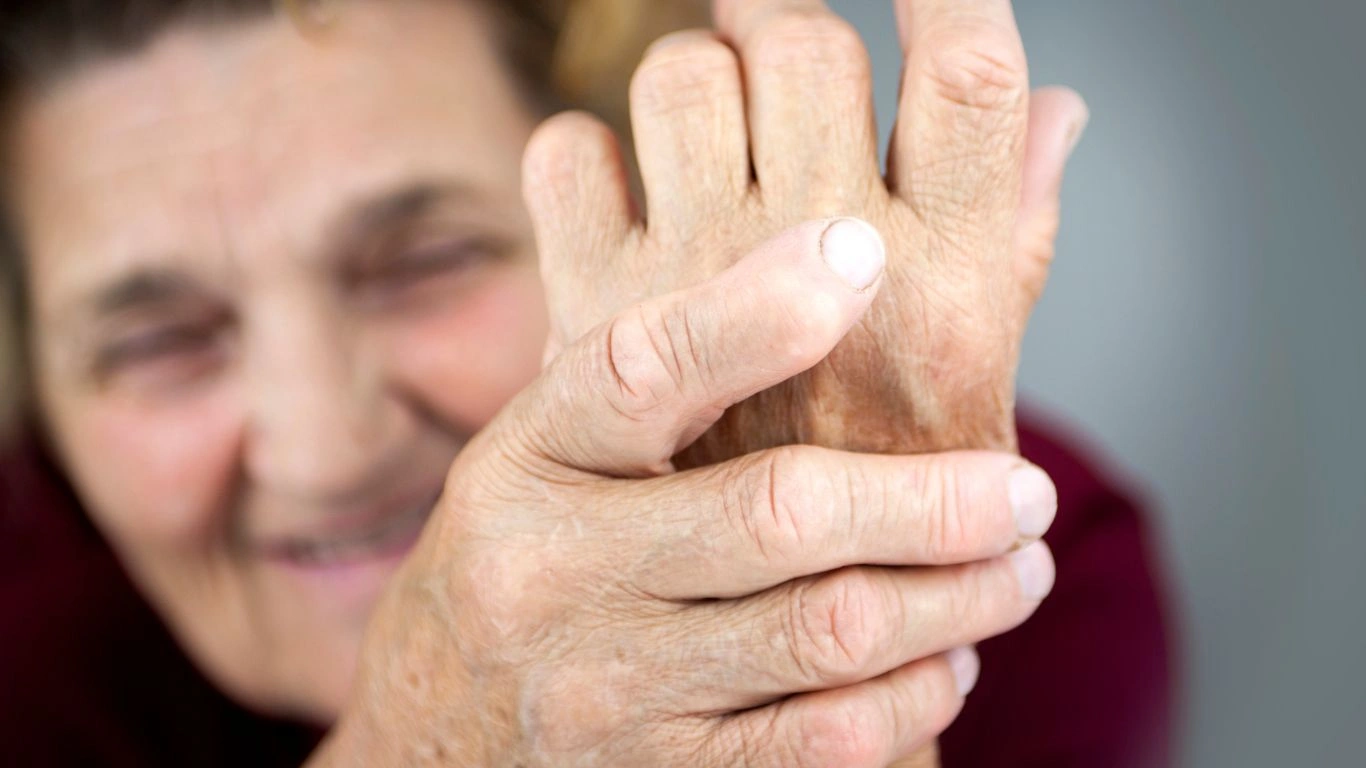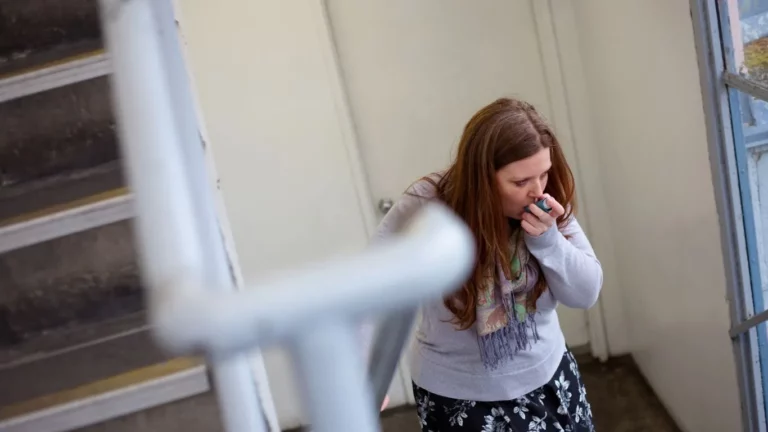Proven Rheumatoid Arthritis Fatigue Strategies That Truly Work
Fatigue. It’s that bone-deep, can’t-get-off-the-couch kind of exhaustion that many of my patients with rheumatoid arthritis (RA) describe with frustration and defeat in their voices. As a Rheumatology Nurse Practitioner, I’ve had countless conversations about how fatigue isn’t just about being tired—it’s more like your body feels hijacked. One of the most frequent concerns I hear in clinic is: “Why am I so tired all the time, even when my joints aren’t flaring?” That’s where effective rheumatoid arthritis and fatigue management strategies come in, and let me tell you, it’s not one-size-fits-all. This post is all about diving into real, practical ways to manage that chronic exhaustion so many of us wrestle with daily.
Understanding the Link Between RA and Fatigue

If you live with RA—or care for someone who does—you already know it’s not just about joint pain. The autoimmune storm raging inside the body can drain energy reserves like crazy. One minute you’re folding laundry, the next, you’re crashing on the bed needing a nap. Fatigue in RA can be sneaky. It doesn’t always show up alongside joint swelling or pain. Sometimes, it’s the only symptom stealing quality of life.
From my clinical experience, fatigue can be just as disabling as the physical pain. And often, it gets overlooked in treatment plans. Why? Because it’s complex. It doesn’t always respond to meds the way inflammation does. But with the right strategies, it can be managed. I’ve walked this road with patients of all ages and stages of RA—and while there’s no magic bullet, there are definitely things that help.
Why Fatigue Happens in Rheumatoid Arthritis
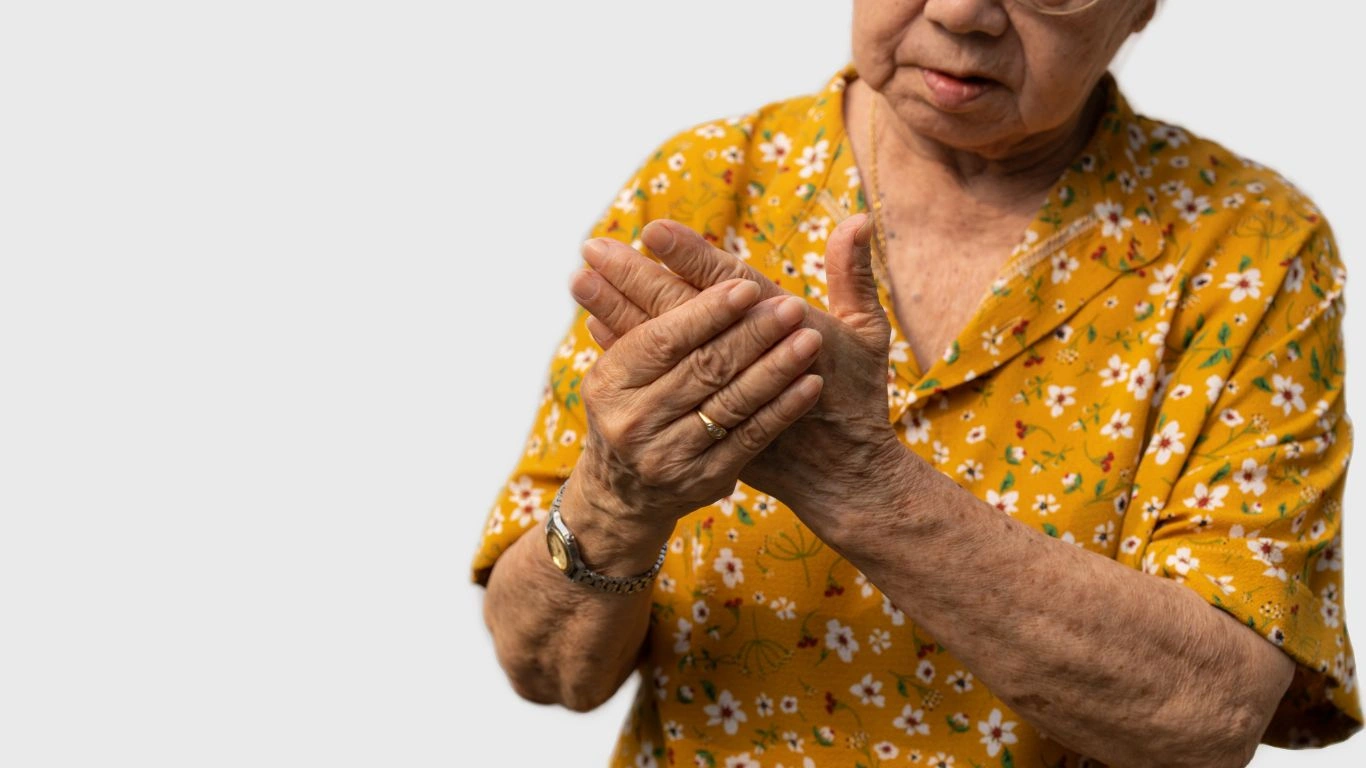
RA-related fatigue is a multi-layered issue. There are several contributing factors, and sometimes it’s a combination of them causing that wiped-out feeling.
1. Inflammation’s Toll on the Body
When inflammation is active, your immune system is basically running a marathon 24/7. It’s burning through energy, even if you’re just sitting still. This immune response is your body’s way of protecting itself, but in autoimmune diseases like RA, it goes into overdrive—and that can leave you feeling utterly drained.
2. Medication Side Effects
Let’s not forget the role of meds. While disease-modifying antirheumatic drugs (DMARDs) and biologics are amazing for managing RA, some patients do experience fatigue as a side effect. Steroids, methotrexate, even some pain meds—these can all contribute to that sluggish feeling. I always tell my patients: if you feel like your meds are zapping your energy, let’s talk. There may be room to adjust or find alternatives.
3. Sleep Disruption
Quality sleep is essential for energy, but pain and stiffness can sabotage your nights. Tossing and turning with achy joints, or waking up feeling like you haven’t slept at all—yep, that’s RA sleep for many folks. And without restorative sleep, your fatigue only gets worse.
4. Mental and Emotional Load
This one’s huge. Living with a chronic condition takes a mental toll. Anxiety, depression, and stress can all make fatigue worse. I see this all the time. When my patients are juggling appointments, managing pain, trying to keep up with work or parenting—it adds up. Emotional exhaustion is real, and it shows up in the body.
My Go-To Rheumatoid Arthritis and Fatigue Management Strategies
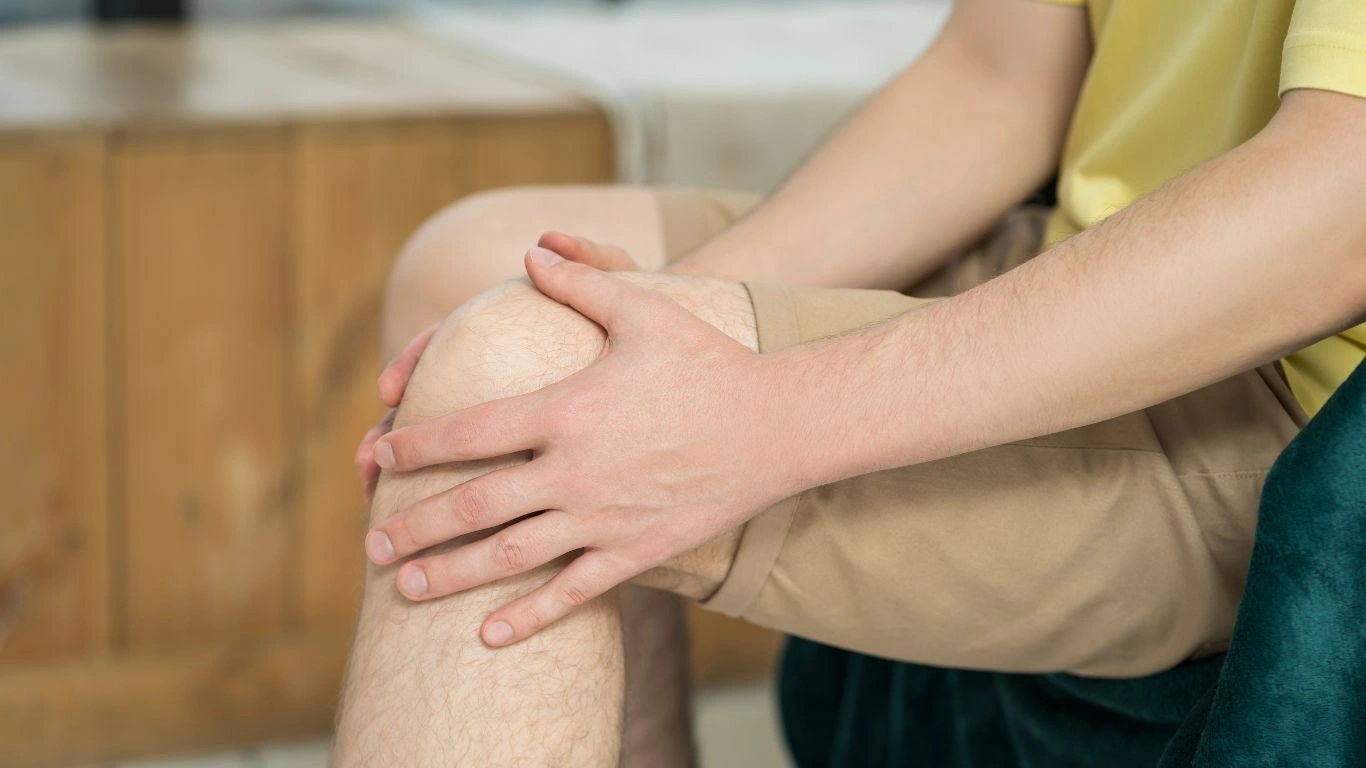
Managing fatigue takes a full-circle approach. It’s not just about more rest—it’s about smarter energy use, listening to your body, and getting support in the right places. Here are the top things I share with my patients (and yes, these have made a difference!).
1. Prioritize Your Energy (a.k.a. Pacing)
This is probably my #1 tip: treat your energy like a budget. Every task costs something. Ask yourself, “Is this worth the energy it’ll take?” Try breaking up chores over the week instead of tackling everything in one day. Use tools like planners or phone apps to track what drains you most. It’s okay to say no, or to rest without guilt. You’re not being lazy—you’re being smart.
2. Gentle Movement
This one surprises people. When you’re tired, the last thing you want to do is move. But low-impact exercise like walking, stretching, or yoga can actually boost energy by increasing circulation and reducing stiffness. I usually recommend starting small—five minutes of gentle stretching in the morning can do wonders. And if you’re flaring? Movement can still be part of the plan—just go slower and listen to your body.
3. Optimize Nutrition
Eating well helps support your energy levels, especially during flares. I always encourage an anti-inflammatory diet—plenty of colorful veggies, lean protein, omega-3-rich foods like salmon and walnuts. And don’t forget hydration! Even mild dehydration can worsen fatigue. Many of my patients have seen big changes in their stamina just from cutting back on sugar and processed foods.
4. Sleep Hygiene Matters
Good sleep habits can be a game-changer. I often ask my patients about their evening routines. Are they scrolling on their phone late into the night? Drinking caffeine in the afternoon? Even things like having a supportive mattress or pillow can help reduce joint pressure and improve sleep quality. Sometimes, a referral to a sleep specialist is the missing piece.
5. Mental Health Check-Ins
Don’t underestimate how much your emotional health affects your energy. I always ask my patients how they’re doing mentally, not just physically. Sometimes, chronic fatigue is worsened by underlying depression or anxiety—and treating that can lead to big energy gains. Whether it’s therapy, support groups, mindfulness, or just having someone to talk to—it matters.
- Keep a symptom journal: Note patterns between fatigue, sleep, stress, food, and activity.
- Ask about medication reviews: A dose adjustment could improve your energy levels.
- Try energy-conserving tools: Things like jar openers, electric can openers, or adaptive clothing can save valuable energy.
Addressing Hormonal and Lifestyle Factors
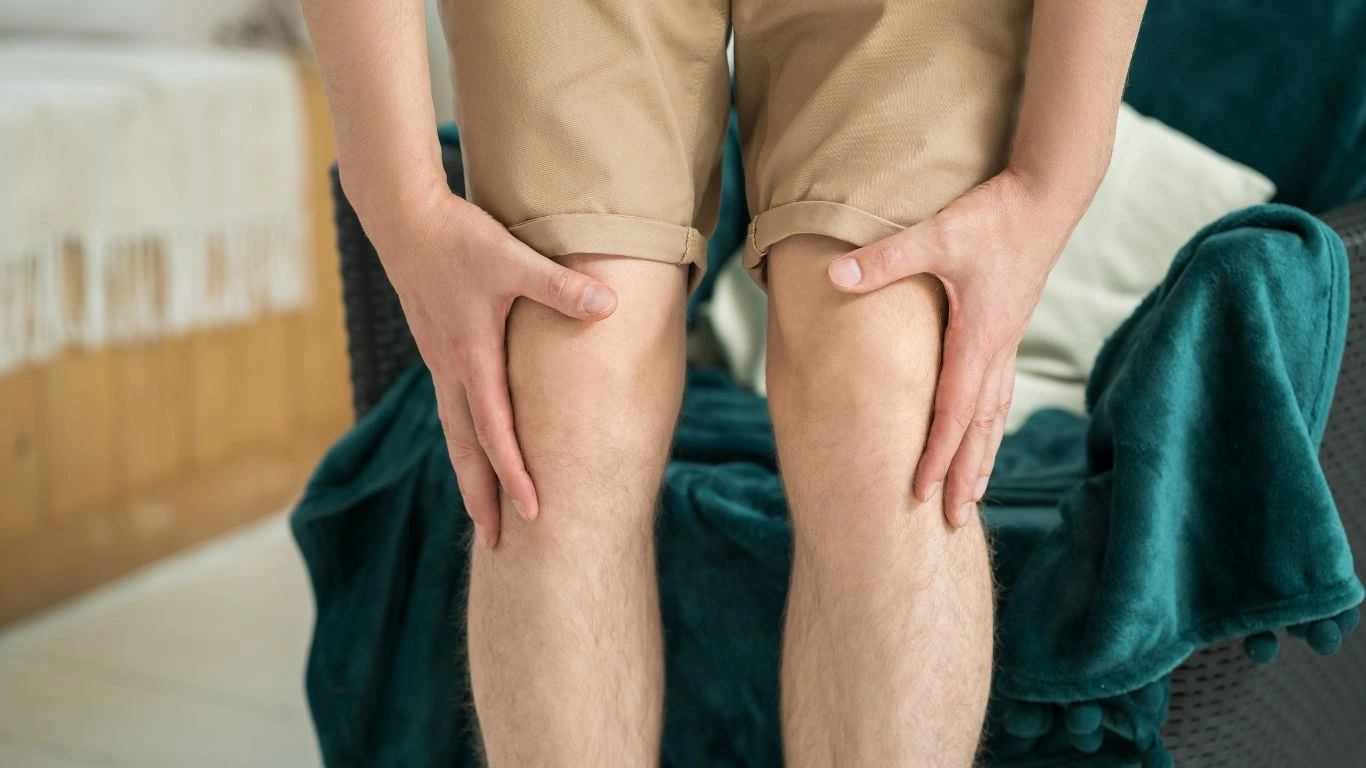
Another big piece of the puzzle that we don’t talk about enough? Hormones. Especially for women with RA—hello, most of my patient base—there’s often a hormonal layer tangled up in fatigue. I’ve had patients who noticed their RA fatigue spike around their cycle or during menopause transitions. Estrogen, cortisol, thyroid hormones… all of these influence how we feel day-to-day.
In some cases, it’s worth checking thyroid function or other hormone panels to rule out underlying issues. I’ve caught a few sneaky cases of hypothyroidism just from listening to patients describe their unrelenting exhaustion. It’s not always RA alone—sometimes there’s another culprit hiding in plain sight.
Supporting the Body with Adaptogenic Strategies
This is where lifestyle medicine really shines. I’ve seen great success when my patients start incorporating things like:
- Adaptogens: Herbs like ashwagandha or rhodiola can support energy and stress regulation. (Of course, always run it by your provider first!)
- Stress-reducing practices: Deep breathing, meditation, even just five minutes of quiet can help balance that fight-or-flight fatigue.
- Routine: Our bodies love rhythm. Going to bed and waking up at the same time helps reset that internal clock.
I always tell my patients—this isn’t about perfection. It’s about listening to what your body’s trying to say. Some days you might have the energy to cook a nourishing meal. Other days, you might need to door-dash and crash early. That’s okay. It’s about tuning in, not pushing through.
Managing Fatigue During RA Flares
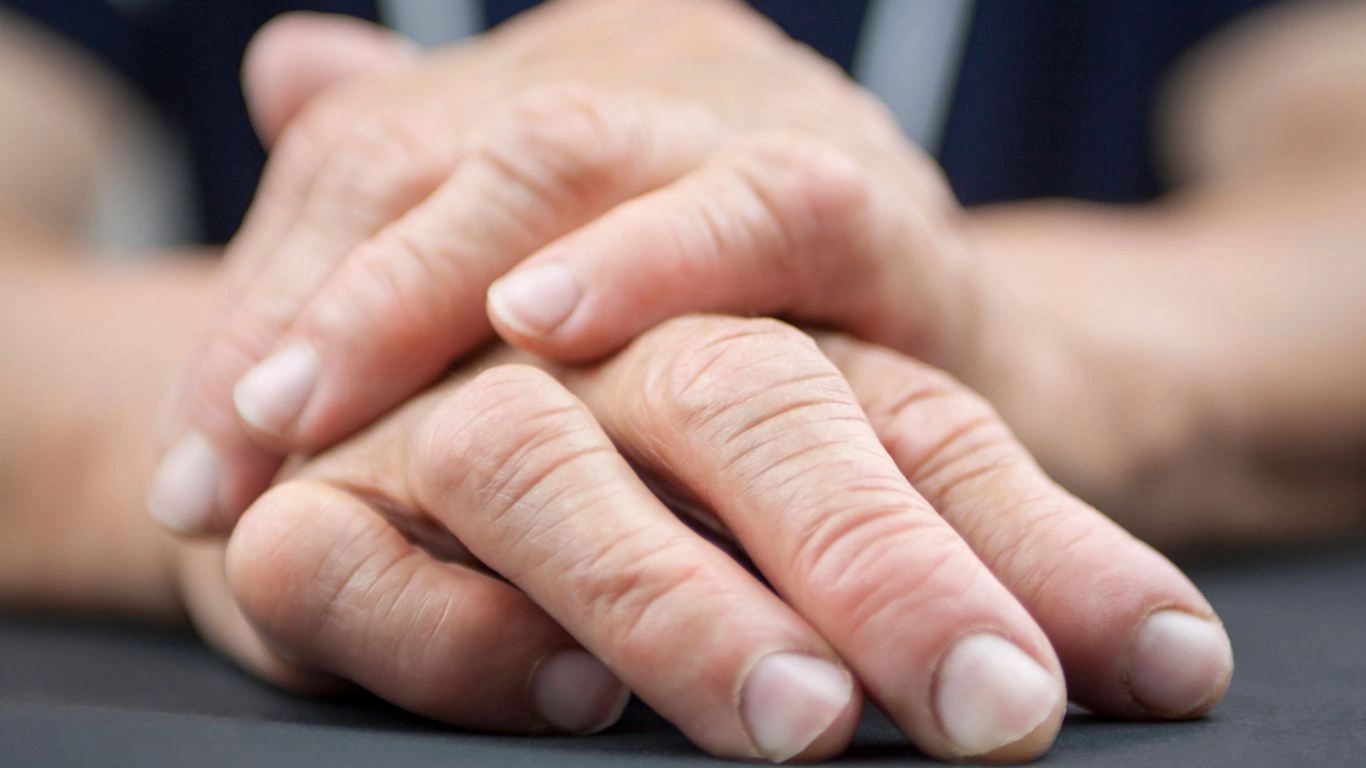
Now, let’s talk about flares. When inflammation decides to throw a party, fatigue often comes along as the uninvited guest. It’s that double-whammy—your joints ache, your energy tanks, and suddenly even brushing your teeth feels like a marathon.
I always prepare my patients with what I call a “flare plan.” Because when a flare hits, it’s not the time to start figuring things out. You need go-to strategies ready to roll. Here’s what that usually includes:
- Pre-packed comfort kits: Heating pads, topical pain relievers, easy-to-digest snacks, electrolyte drinks.
- Meal prep when you feel good: Stash a few nourishing meals in the freezer for those rough days.
- Gentle movement options: Even during flares, light range-of-motion stretches can help prevent stiffness from worsening fatigue.
- Ask for help without guilt: This one is big. Have a go-to text group of friends or family you can lean on when you need support. We all need help sometimes.
One of my long-time patients, a retired schoolteacher, started calling her flare days “rest days with purpose.” She’d line up her favorite podcast, stay in comfy clothes, and let go of any pressure to be productive. That small mindset shift helped her manage fatigue more compassionately.
Leveraging Support Systems and Resources

One thing I’ve noticed in my years in rheumatology—people with RA are tough. Like, warrior-level tough. But even warriors need community. Isolation, especially when you’re dealing with fatigue and invisible symptoms, can make everything feel heavier.
Finding Your RA Crew
Joining a support group, whether online or in person, can make a world of difference. I’ve had patients who finally felt “seen” for the first time just by connecting with others living this same unpredictable life. Sharing tips, venting without judgment, or just laughing about the weird stuff (like falling asleep at 6pm without meaning to) makes it easier.
There are also some fantastic RA-specific communities and programs out there. A few to check out:
- Arthritis Foundation – full of resources, community forums, and fatigue-focused info.
- CreakyJoints – funny, relatable, and packed with patient-led content.
- Local hospital or clinic-led support groups – sometimes the best connections are right in your own backyard.
Involve Your Rheumatology Team
Never hesitate to bring up fatigue with your care team. I know a lot of people feel like they’ll be brushed off, but in my clinic, we prioritize these conversations. Sometimes, a medication tweak or physical therapy referral makes a big difference. Other times, it’s about validating that yes, what you’re feeling is real—and it matters.
I like to approach fatigue the same way we’d approach a stubborn joint issue. It deserves attention, strategy, and a bit of experimentation. And when patients feel empowered, supported, and equipped with tools? That’s when real progress happens.
Tech Tools to Track and Tame Fatigue
Okay, let’s get nerdy for a sec. If you’re into gadgets and apps (or even if you’re not), tracking your energy patterns can help paint a clearer picture of what’s helping—or hurting—your fatigue levels.
Helpful Tools I Often Recommend:
- Symple: A clean, simple app where you can log symptoms, fatigue levels, triggers, and daily habits.
- MyRA: Designed specifically for people with rheumatoid arthritis—track flares, fatigue, and more.
- Wearables: Devices like Fitbit or Apple Watch can help you monitor sleep, step count, heart rate variability—all useful fatigue indicators.
One of my tech-savvy patients set reminders to check in with her body three times a day—morning, midday, and evening. She’d jot a quick note on how her energy felt, what she’d eaten, and what activities she’d done. After a couple of weeks, she started spotting patterns—turns out gluten-heavy meals were tanking her energy the next day. Small data, big impact.
Bottom line: when you track it, you can tweak it. You don’t need to log everything forever—but even a few weeks of insight can make your management game stronger.
When Fatigue Feels Like a Wall You Can’t Climb

Let’s be real—sometimes no matter how many strategies you throw at it, fatigue still bulldozes your day. And when that happens, it’s easy to feel defeated. I’ve had patients look me straight in the eye and say, “I’m doing everything right, and I’m still exhausted.” That’s the hard part about living with RA. It’s not always about doing more—it’s about learning when to let go.
I remember one patient, a mom of three with a demanding job, who finally said to me, “I need permission to not be superwoman every day.” And that hit home. Because you don’t need permission—but sometimes it helps to hear it out loud. Fatigue doesn’t make you weak. It makes you human. And living with RA? That’s already proof you’re stronger than most.
In moments when fatigue becomes overwhelming, I recommend patients shift the goal. Don’t try to power through. Instead, ask: what’s the one thing I can do today to support my body? That could be drinking more water, taking a 20-minute walk, or simply resting without guilt. Progress doesn’t always look like movement. Sometimes, it looks like stillness.
Long-Term Strategies for Energy Conservation

Fatigue management with rheumatoid arthritis is a marathon, not a sprint. While we’ve covered quick wins, I want to zoom out and talk about what sustainable energy conservation looks like over time.
1. Occupational Therapy (OT) Can Be a Game-Changer
If you’ve never worked with an OT before, it might be worth asking your provider for a referral. OTs specialize in helping you adapt your environment, tasks, and routines to conserve energy. I’ve had patients tell me their sessions were “life-changing.” From learning new ways to cook or clean, to discovering adaptive tools you didn’t know existed—OTs are full of golden nuggets.
2. Home and Workspace Adjustments
This might sound simple, but little tweaks to your environment can massively cut down on fatigue:
- Use rolling carts to move items around the house instead of carrying them.
- Place frequently used items at waist height to avoid bending or reaching.
- Invest in a supportive chair if you work at a desk. Good posture = less strain = less fatigue.
- Break tasks into zones (kitchen, bathroom, laundry) and tackle them on rotation instead of all at once.
These kinds of hacks might seem small, but when your energy is limited, every little bit helps. I’ve even gone through photos of patient kitchens during telehealth visits to help them brainstorm adjustments!
3. Energy “Banking” Before Big Events
Another strategy I love sharing is what I call energy banking. Think of your energy like money in the bank—if you know you’ve got a big event coming up (a wedding, a family gathering, a holiday dinner), start building reserves ahead of time. This means extra rest, simplified meals, asking for help, and saying no to extras the week before.
One of my patients once said, “I’ve learned to rest before I feel like I need to.” That stuck with me. Preemptive rest is powerful. And it’s often overlooked because we’ve all been taught to wait until we crash. With RA, that approach just doesn’t work long-term.
Staying Hopeful Through the Ups and Downs
Let’s not sugarcoat it—managing fatigue alongside rheumatoid arthritis can be frustrating. Some days you feel strong, other days you feel like a shell of yourself. That emotional rollercoaster is real, and it takes a toll.
But I’ve seen so many people find their rhythm. Not by eliminating fatigue completely (because honestly, that might not always be possible), but by understanding it, respecting it, and working with it. That’s the secret sauce—listening to your body like it’s an ally, not an enemy.
Give yourself grace. Track your patterns. Talk to your provider. Ask for help. Try new things. And most importantly—don’t give up on better days. Because they do come. I’ve seen it happen more times than I can count.
You are not alone in this journey, and your experience matters. Your fatigue isn’t in your head. It’s in your body, it’s real, and it deserves care, attention, and support.
Helpful Resources and Further Reading
- Arthritis Foundation – Great for education, support, and finding local resources.
- CreakyJoints – Real patient stories, practical tools, and online community.
- Mayo Clinic – Evidence-based info on RA and fatigue-related conditions.
- NIAMS (NIH) – Scientific research and up-to-date insights on RA management.
Final Words From Me
From one human to another—if you’re reading this while navigating the fog of RA fatigue, I see you. I’ve walked alongside hundreds of patients dealing with exactly what you’re going through. This journey isn’t linear, and it certainly isn’t easy. But with the right tools, mindset, and support, it is manageable. And you don’t have to do it alone.
If you’ve found something that works well for you, share it. You never know who might be helped by your story. And if you’re still figuring it out? Keep exploring. Keep asking questions. Keep showing up for yourself.
Disclaimer
This article is for informational purposes only and is not intended as medical advice. Please consult your healthcare provider before making any changes to your treatment plan, diet, medications, or activity levels. Every individual’s health needs are unique.

Tarra Nugroho is a dedicated Nurse Practitioner with a strong foundation in family and preventive care. She brings both compassion and clinical expertise to her practice, focusing on patient-centered care and health education. As a contributor to Healthusias.com, Tarra translates medical knowledge into clear, empowering articles on topics like women’s health, chronic disease management, and lifestyle medicine. Her mission is simple: help people feel seen, heard, and informed—both in the clinic and through the content she creates. When she’s not caring for patients, Tarra enjoys weekend hikes, plant-based cooking, and curling up with a good health podcast.
